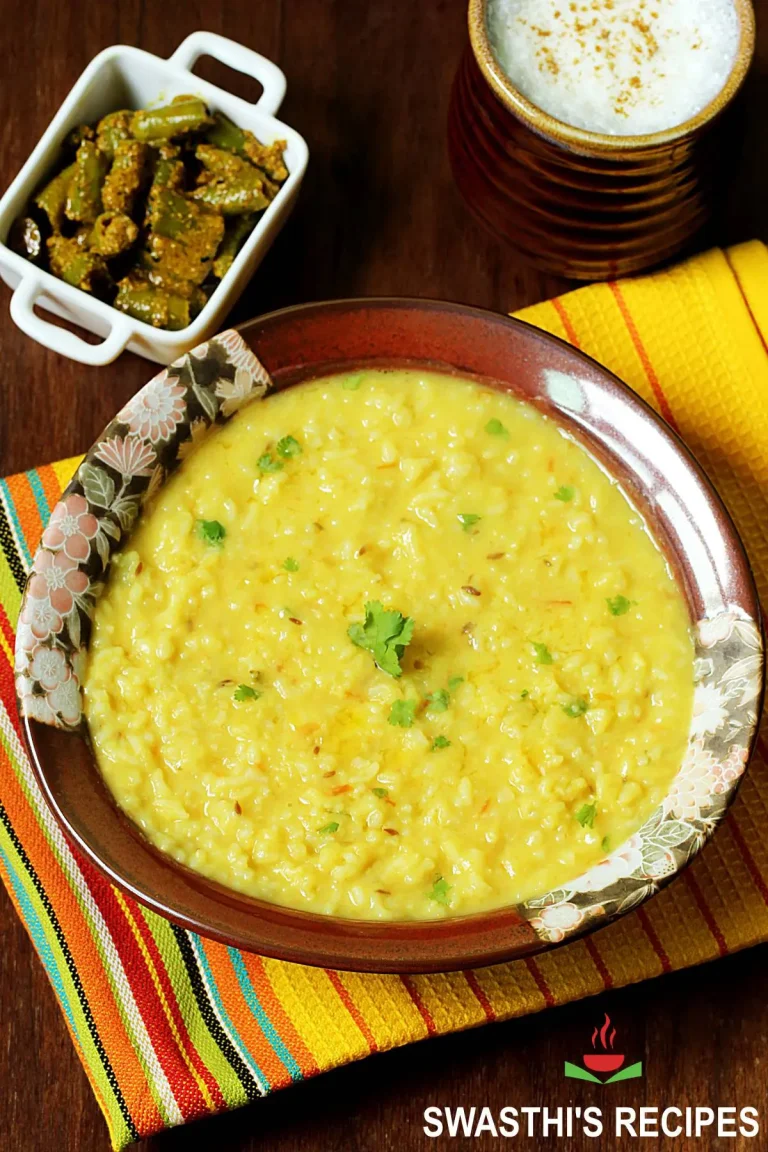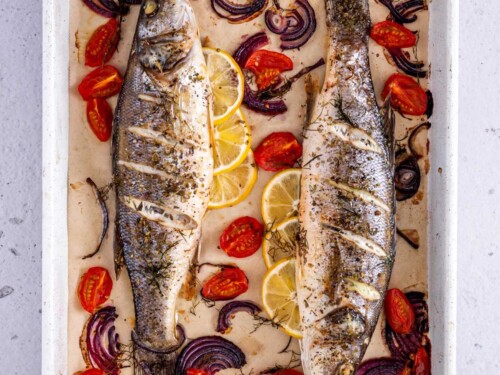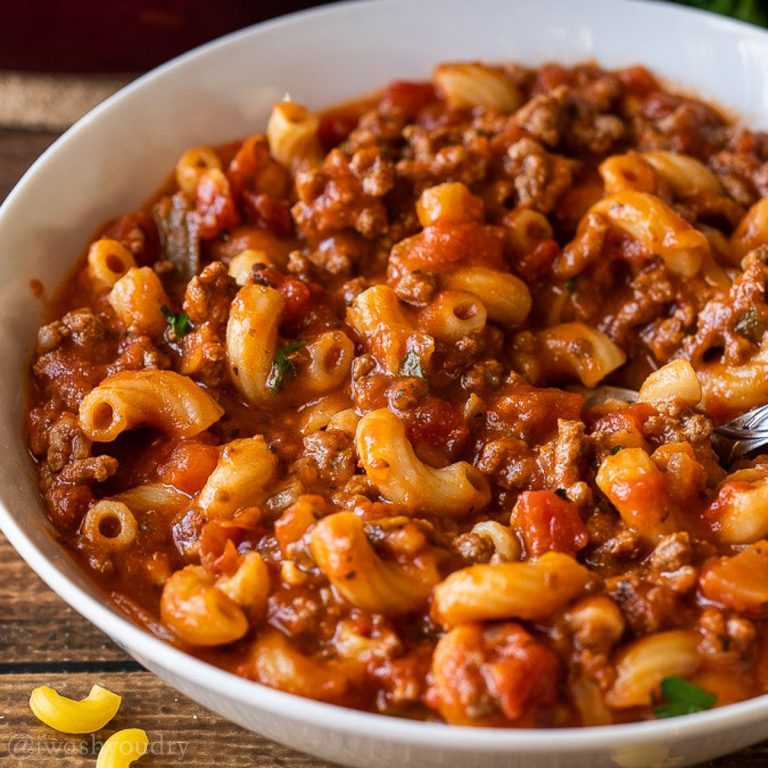Chayote Squash Side Dish Recipes: Sautéed, Roasted, and More
Chayote squash offers impressive nutritional benefits. A single cup provides roughly 25 calories, making it a low-calorie food option. It contains about 6 grams of carbohydrates and 2 grams of dietary fiber, aiding digestion and maintaining blood sugar levels. Chayote is rich in vitamins C and B9 (folate), supporting the immune system and cellular function. It also includes essential minerals like potassium and magnesium, contributing to heart health and muscle function. With its low fat and high water content, chayote squash is a hydrating, nutrient-dense addition to your diet.
Origin and Popularity
Chayote squash originates from Mesoamerica, specifically from southern Mexico and Central America. It’s known by various names depending on the region, such as “mirliton” in Louisiana and “vegetable pear” in some English-speaking countries. Chayote is popular in Latin American cuisine, often integrated into salads, stews, and stir-fries. Its popularity has spread to other parts of the world, including Asia and Europe, where chefs incorporate it into diverse culinary traditions. Despite its exotic roots, chayote is becoming more accessible in global markets, making it a versatile choice for home cooks everywhere.
How to Prepare Chayote for Cooking
Choosing the Right Chayote Squash
Select firm, unblemished chayote squash for optimal flavor and texture. Smaller chayotes (5-6 inches) are often more tender and less bitter than larger ones. Ensure there’s no wrinkling or soft spots, indicating freshness. Look for a vibrant green color.
Essential Pre-Cooking Preparation
Rinse the chayote under running water to remove dirt and pesticides. Peel the skin using a vegetable peeler, as it’s tough and not pleasant to eat. Cut the chayote in half lengthwise, then remove the seed in the center. Slice or dice according to your recipe requirements.
Popular Chayote Squash Side Dish Recipes
Sautéed Chayote with Herbs and Garlic
Sautéed chayote with herbs and garlic offers a flavorful, simple dish. Chop one chayote squash into thin slices after peeling and seeding it. Heat two tablespoons of olive oil in a skillet over medium heat. Add minced garlic, around two cloves, and cook until fragrant. Toss the chayote slices into the skillet, season with salt and pepper, and sauté for 5-7 minutes until tender. Finish with fresh herbs like parsley or thyme for added aroma.
Chayote Squash and Corn Medley
Chayote squash and corn medley combines textures and flavors for a vibrant dish. Dice two chayote squashes and remove seeds after peeling. Sauté one chopped onion in three tablespoons of butter over medium heat until it turns translucent. Add the diced chayote and one cup of fresh or thawed corn kernels. Cook for 10 minutes, stirring occasionally, until the chayote softens and corn cooks through. Season with salt, pepper, and a pinch of paprika.
Roasted Chayote with Spices
Roasted chayote with spices creates a savory, nutritious side. Preheat your oven to 400°F (200°C). Peel, seed, and cut two chayote squashes into 1-inch cubes. In a large bowl, toss cubed chayote with two tablespoons of olive oil, one teaspoon of cumin, and a half-teaspoon of chili powder. Spread the cubes evenly on a baking sheet. Roast for 25-30 minutes until golden brown and tender, shaking the pan halfway through to ensure even cooking. Season with additional salt and pepper if needed before serving.
Tips for Perfecting Chayote Squash Side Dishes
Choosing Complementary Spices and Ingredients
Opt for spices that enhance chayote’s mild flavor. Cumin, coriander, and paprika add warmth and depth. Fresh herbs like cilantro, basil, and parsley offer aromatic freshness.
Pair chayote with ingredients that complement its crisp texture. Tomatoes, corn, and bell peppers create a balanced medley. Cheese varieties, such as feta and Parmesan, add richness.
Experiment with acids and oils. Lemon juice and lime juice brighten the dish. Olive oil and avocado oil ensure a smoother texture.
Cooking Techniques for Optimal Texture
Maintain chayote’s crunchiness with proper cooking methods. Quick sautéing helps retain crispness. Cook chayote for about 5-7 minutes over medium heat for best results.
Opt for roasting to add a caramelized flavor. Preheat the oven to 400°F and roast for 20-25 minutes. Toss chayote with olive oil and desired spices before roasting.
Steaming chayote preserves nutrients. Steam for 7-10 minutes until tender-crisp. Avoid overcooking to prevent a mushy texture.
Blanching chayote is effective for salads. Immerse chayote in boiling water for 2-3 minutes, then transfer to an ice bath. This method keeps chayote vibrant and crunchy.
Conclusion
Chayote squash is a hidden gem that can elevate your meals with its versatility and nutritional benefits. Whether you’re sautéing it with herbs and garlic, creating a vibrant squash and corn medley, or roasting it with spices, chayote offers endless possibilities. With the right spices and cooking techniques, you can transform this humble vegetable into a standout side dish that complements any main course. So, next time you’re planning a meal, consider adding chayote squash to your menu for a delicious and nutritious twist.






